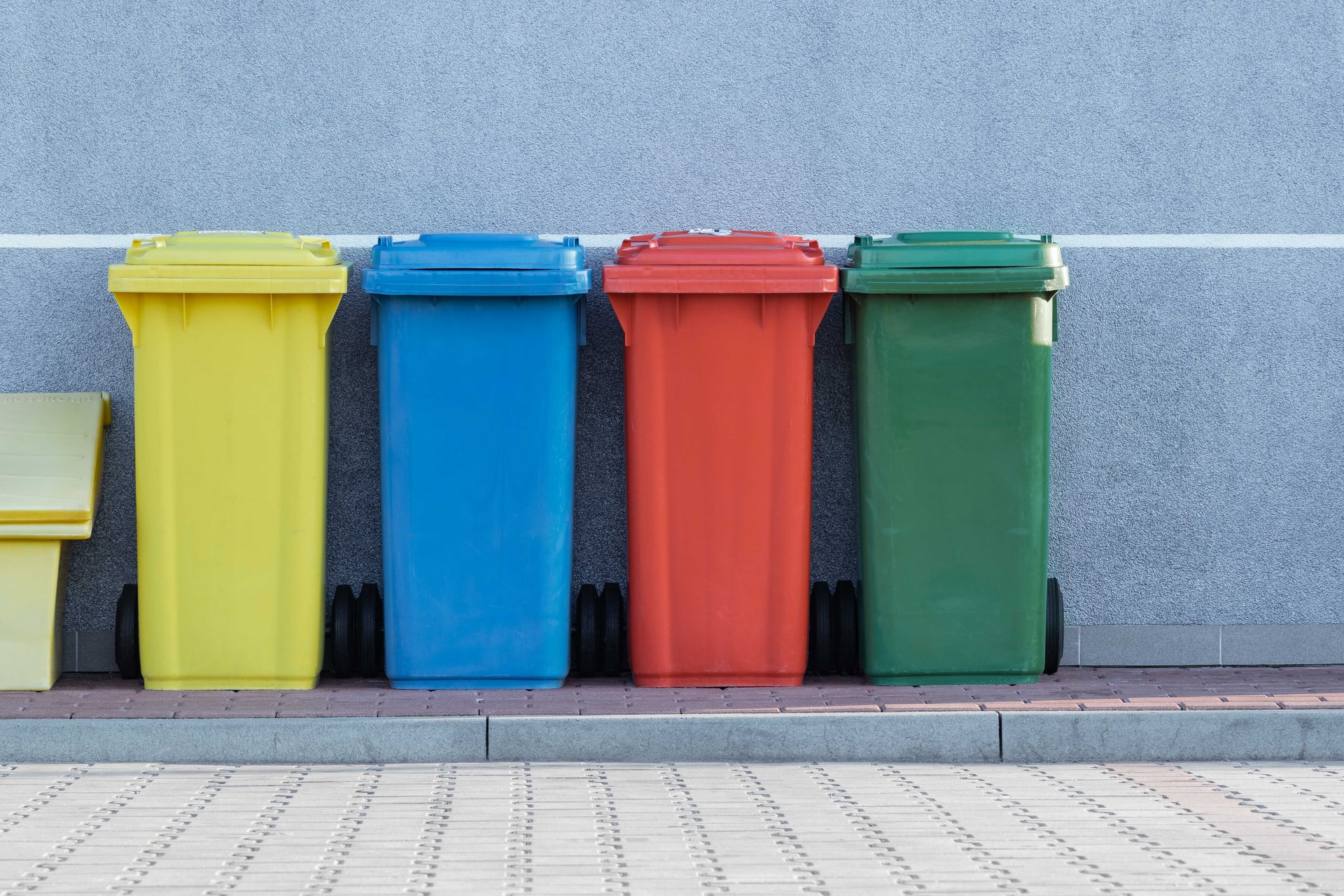In every industry, steps are being taken to ensure production has less of an environmental impact. Print faces a unique challenge, in that many of the different elements involved in the creation of large format material have a typically negative environmental impact – and attempting to combat this in any one area is offset by the fact that the print production process is still broadly problematic for the environment.
With that said, changes are being made, and progress is taking place. New practices, technology, and equipment is emerging to improve the impact of print – and attitudes are shifting both on the print floor, and in the clients’ requirements.
One of the (traditionally) biggest culprits in the process is ink; but manufacturing advancements have meant that many of the largest suppliers are now using printers which have a significantly lower environmental impact (for example, HP has launched a new series of eco-friendly inks for their R Series printers). These new inks, and the systems in place for both their use and their disposal, represent a significant step forward for the industry. Here’s why…
Why ink can be hazardous for the environment
Traditionally, the inks used in printing are pretty problematic materials. Many inks use solvents or eco-solvents (even the ‘eco’ label can be a little misleading, they aren’t as environmentally beneficial as they sound), which results in something close to a cocktail of chemical emissions when they’re used.
It’s the presence of these solvents that prove a hazard for the atmosphere, of the printing environment and the wider planet. These inks also aren’t the most efficient when it comes to the print process, and disposal is highly problematic.
A new era of ink:
The immediate solution to the solvent problem is the use of water-based inks. While these have existed for some time, more recently manufactured inks have been designed specifically with the environment in mind in order to lessen their impact as much as possible. These inks (such as HP’s latest inks for the R range – 872, 882, and 886) usher in a new era of improvements for print providers.
Water-based inks are more sustainable because they ensure that at every stage of the printing process – from production to disposal – measures are in place to reduce the overall impact on the environment. This has a multitude of benefits for the client, the print team, and the planet.
Better for the print room:
Broadly speaking, one of the main intentions of this new generation of inks is to facilitate a more comfortable printing space. This is a bigger deal than it might seem at first – solvent-based inks create an unpleasant smell, and with extreme levels of exposure, can even pose health risks.
As an example, HP’s new inks are free from the solvents that cause these problems: they contain up to 65% water, they’re odorless, and don’t require any special transportation, handling, or storage. No special ventilation is required for these inks, either.
They’re also safer – solvent-based inks typically have more volatile components and flashpoints around 60°C to 70°C, meaning they pose a potential fire risk that can be catastrophic for a print business. The new water-based inks, however, are certified as non-combustible and non-flammable – making them a much more reliable option.
Inks like these are also an overall better option when a printer is working with a client in a sensitive area of display, such as a clinical environment like a hospital, a care home, or a school – the prints themselves are also odourless, meaning they aren’t obtrusive in an indoor space.
Better for the atmosphere:
The lack of solvents in this new range of inks doesn’t just mean they’re better for the staff and space on the print floor – they’re also better for the atmosphere when compared to traditional solvent-based inks.
For example, the new HP range contains no Hazardous Air Pollutants (HAPs) at all – and they’re rated A+ (meaning very low-emission) according to the Émissions dans l’air intérieur statement on the level of volatile substances in indoor air.
Better disposability
One of the most important benefits of these inks lie in the fact that they offer hugely improved disposability. This is one area in which print materials often suffer when it comes to sustainability – it can be extremely difficult to dispose of, let alone recycle, cartridges, and printheads can be even more challenging.
With more environmentally friendly inks, the cartridges are cardboard-based – the exterior can be recycled. For example, HP offers a returns system through their Planet Partners Program.
Why this matters
As every industry takes steps towards improved sustainability, the supply chain in the large format print industry has been difficult to navigate – but despite the many different elements and moving parts involved, it’s extremely reassuring to see the industry leaders taking steps like these.
With these new inks on the market, print suppliers are making it easier and more straightforward for print service providers to take action towards lessening their environmental impact – as time goes on, and more of these solutions are developed, we’re confident print will be able to strive forwards and continue to better itself.




